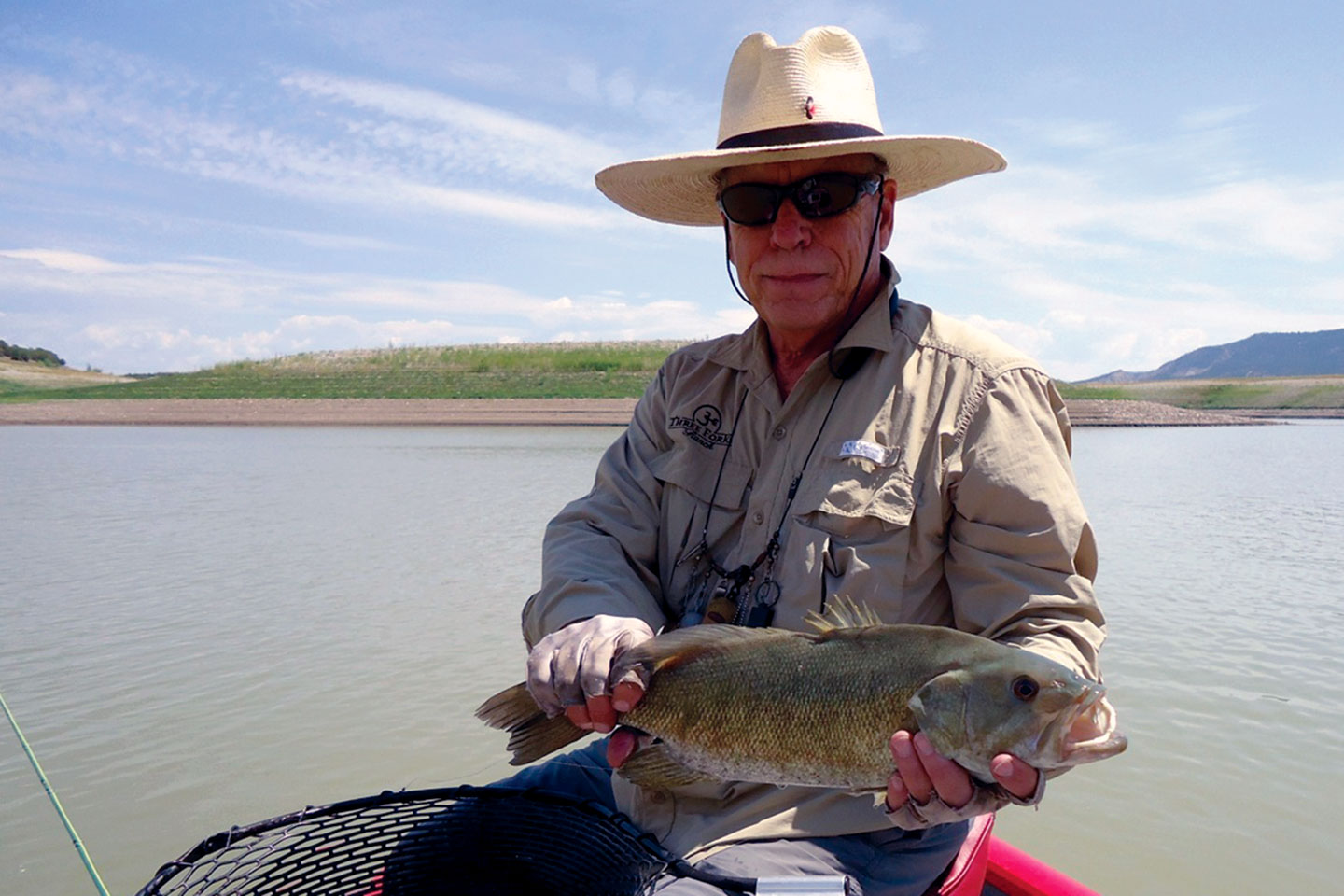For anyone that has spent anytime, at all, following behind a good bird dog and handler, the phrase “Let’em hunt” is very familiar. The dog is trained for one thing, and one thing only – finding birds. If a handler is always trying to direct the dog in a direction he wants it to go, instead of where the dog wants to hunt, most birds will be missed. Dogs smell the birds, the handler doesn’t.
Not long ago, I heard a fly-fishing guide use the phrase, “Let’em hunt.” Only he was talking to the handlers of fly rods, and he was directing his instructions to how the fishermen weren’t letting their flies hunt.
A fly’s job is to find fish, with the help of the handler. A good dog handler isn’t going to keep his dog in a six-foot corridor, and a good rod and fly handler shouldn’t move his fly after only 12 inches of drift.
Neither scenario will produce results. I’ll be the first to admit a fly doesn’t have a brain, and some dogs I have hunted behind have has less brain power than a Royal Wulff. But a good handler will get the best out of either.
Once a fly has been cast it should be allowed to drift, or hunt, for a decent amount of time and distance. The handler should allow the fly to wander on the water as if it had a brain. Too many times a rod handler wants to be in control of his fly at all times, and keep it on a very short line. He will pull and drag a fly over the same 12 inches of water time and time again to no avail.
If you think a fish is in a particular spot allow the fly to move all around that spot. Fish move, maybe if the handler allowed the fly to move in random patterns it would find itself on top of the fish. Just as a well-trained bird dog will follow a quail as it moves, the fish just might follow a fly that is also well handled.
The random patterns of a well-presented fly could include drifts that are set up sooner and go a great distance past where you suspect a fish is waiting. Or cast the fly into a seam and just let it hunt wherever the current takes it. While you want to keep a gentle and patient hand on the rod, just as a good dog handler reminds the dog who is in charge, let it hunt. I think any fly and fly rod handler will find more fish by doing this.
Spring is upon us and I would be remiss not to mention some safety tips. Just like reminding the dog handler not to blindly reach into a mesquite bush for a bird without checking for rattlesnakes, fly rod handlers need some reminding also.
Be sure you have a safety belt cinched up on your waders. Early run-offs can cloud the water, thus hiding deep holes. One wrong step can have you floating in deep and fast water. Get a wading staff if you don’t already have one. Don’t forget to resupply your first aid kit. You do carry one, don’t you? Don’t fish alone without telling someone where you’ll be, and what time to expect you home.
Now go out, let the fly hunt, stay safe, and have some fun.

